There are a multitude of devices like chucks, collets, faceplates, drive plates, mandrels and lathe centers that are used to hold and drive a workpiece while it is being machined on a manual lathe.
Mandrels feature a tapered axle that presses into the bore of the workpiece to support it between centers. You would use a mandrel on a lathe when the workpiece cannot be gripped for accurate machining. An operator would then mount the workpiece on a mandrel and turn between centers on the engine lathe like the RKL models sold by LeBlond.
Expanding mandrels on a lathe are a type of mandrel that grip the interior diameter or ID of a workpiece.
On an expanding mandrel, the shaft and sleeve have corresponding tapers and are machined from hardened steel. The sleeve is slotted and expands when pressed into the tapered shaft.
Expanding mandrels on a lathe are:
- used for workpieces with a greater range of sizes
- work like a chuck in that the grips can be forced outward against the inside hole in the workpiece
- are used to machine the outside diameter (OD) of a workpiece with a hole that has been previously reamed or bored
- are mostly designed for grinding work and inspection but can be used for turning on an engine lathe when you want to run the workpiece concentric to the ID
- Are used to support narrow workpieces like milling cutters and V-belt pulleys
- Are used on other machines that can support work between centers like a cylindrical grinder and tool cutter grinder
You would mount expanding mandrels on a lathe between centers and drive them with a lathe carrier or “lathe dog.”
A lathe dog:
- is a cast metal device used to create a firm connection between the headstock spindle and the workpiece mounted between centers
- allows the workpiece to be driven at the same speed as the spindle while the operator is cutting
- has a finger-like protrusion which is either straight (a “straight tail”) or bent to a 90-degree angle (a “bent tail lathe dog”)
The finger or “bent tail” of a lathe dog engages in a slot in a drive plate mounted on the spindle nose of the manual lathe. The “straight tail” is driven by a special pin which screws into the face of the drive plate.
When mounting the workpiece on a K.O. Lee expanding mandrel, check for burrs and clean. Lubricate it with light oil so the workpiece does not “freeze” while turning. When the operator is turning the workpiece on the lathe, he or she should feed the work toward the larger end of the mandrel that should be nearest the headstock.
When expanding and collapsing K.O. Lee expanding mandrels on a lathe, use an 8-ounce hammer to lightly tap the mandrel into place. Or you can use an arbor press to tighten them.
Expanding Mandrels on a lathe are basically a specialty workholding tool and be sure to follow these suggestions when utilizing them with a LeBlond RKL or Regal metal lathe.
INTERESTED IN:
LeBlond or K.O. Lee equipment, click this RFQ …
OEM parts for LeBlond, K.O. Lee, Standard Modern, Johnson Press, Deka Drill or W.F. & John Barnes, click this form …
OR call us at +1 (888) 532-5663.

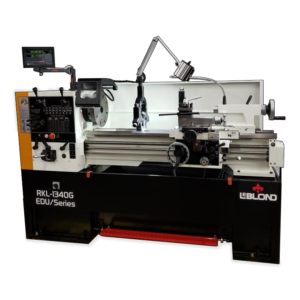
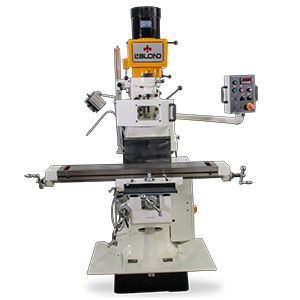
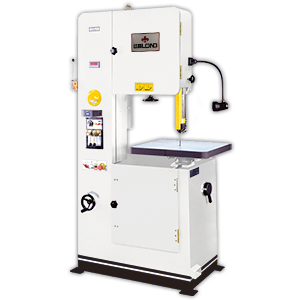
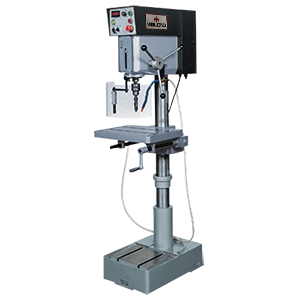
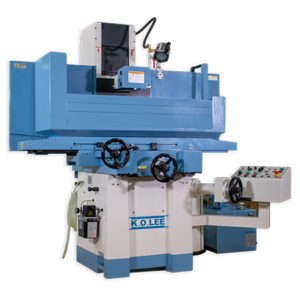
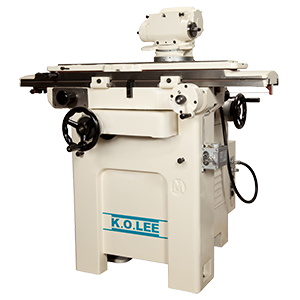

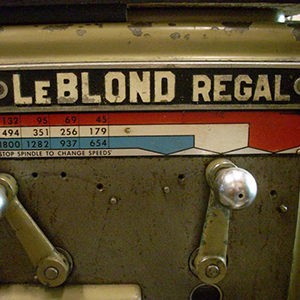
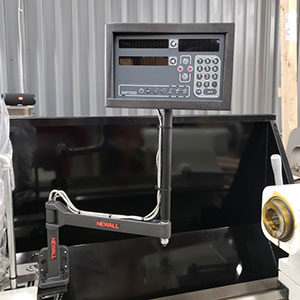
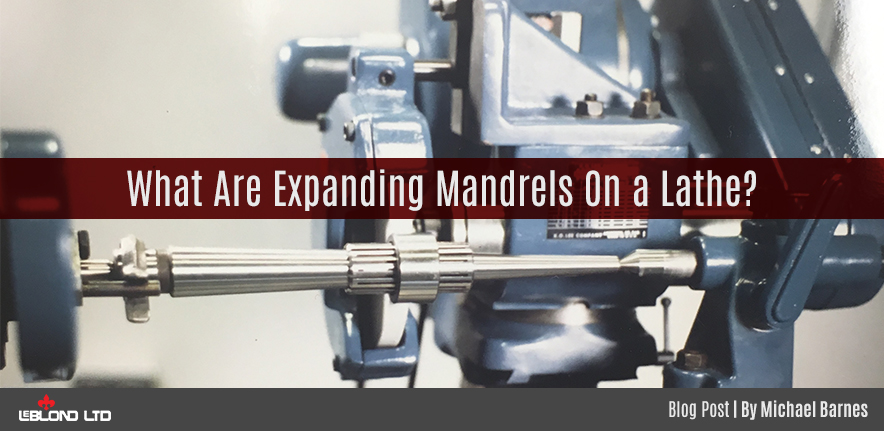
have two lathes and no prints if you can help with that
Hello Jose,
Thanks for your inquiry. We passed it on to our Customer Service Reps. Someone will contact you. For immediate service, call +1 (888) 532-5663 or email LeBlond GM Tina Lopreato at [email protected] Thanks again.
Michael, do you guys have a video of a mandrel such as the one you are talking about?
Hey Danny,
Here is some video of K.O. Lee Expanding Mandrels:
https://leblondusa.com/mandrels/
Thanks,
Michael